Out Now
The Infrastructure Issue
Current Issue
The Infrastructure Issue
JUN - JUL 2025

It’s easy to get complacent about the risks of working onsite. Steve Chadwick of Master Electricians Australia discusses the importance of electrical safety.
According to Safe Work Australia, in 2021 there were 194 workplace fatalities in Australia. While only a small percentage of these occurred as a direct result of electrocution, any work-related death is an alarming and unnecessary loss. Master Electricians Australia is working with the industry to create awareness and provide access to tools like safety guidelines and procedures to avoid future risks and fatalities.
Each state and territory in Australia has Workplace Health & Safety and Electrical legislation in place to protect workers from becoming another statistic. Codes of Practice and Compliance Codes are guidelines which helps to achieve standards set out in Acts and Regulations. Below are the Codes of Practice appropriate to isolation, safety tag and lock out procedures:
At any workplace, risks must be assessed before the start of onsite tasks or activity. The Electrical Safety Legislation requires that the electricity supply must be isolated from an installation or equipment prior to work commencing, unless an unacceptable risk is imposed on a worker or the community by isolating the electricity supply. Examples of the only risks that will enable live work are:
The risk control hierarchy used when isolating supply (QLD Code of Practice for Managing Work Health and Safety Risks 2011) is as follows:
If the electrical supply to equipment must be eliminated for the task to be performed, the electrical safety legislation dictates that the Employer/PCBU (person conducting a business or undertaking) must ensure the electrical equipment is tested by a competent person to determine whether the equipment is energised.
Testing to prove de-energised is live work, and therefore a Safe Work Method Statement (SWMS) must be developed for the work; a site risk assessment must also be completed before the work commences.
No worker should ever assume the isolated electrical equipment will stay de-energised throughout the entire duration of electrical work. Safety precautions should always be carried out to ensure full protection of equipment and staff.
Safety precautions include:
If there is still a moderate risk, appointing a suitably trained and competent safety observer is always the recommended precaution. After leaving the work site for prolonged periods (lunch breaks, overnight or change of shifts), retesting the equipment to ensure it is still de-energised is another safety measure that must be followed.
There is a possible risk that parts or conductors may become live while you’re working on site.
This risk will most likely occur when:
Induced or residual voltages may remain after isolating the supply. If this could occur, shorting and earthing of the conductors may be required.
There are several control measures that should be carried out to ensure heighted safety for all workers. Some of these include:
Section 8 of AS/NZS 3000 provides the mandatory verification required when work is complete. Appropriate inspections and tests must be conducted to ensure the electrical equipment is electrically safe and will operate in all circumstances expected.
The testing may require evacuating all workers from the work area who are not necessary for the testing process. When live tests are to be performed, exclusion of these workers will enhance on site safety.
For further guidance and information on Isolation (Lock Out, Tag Out), contact your state or territory regulator.
Keep up to date with our latest news and competitions by subscribing to our regular newsletter.
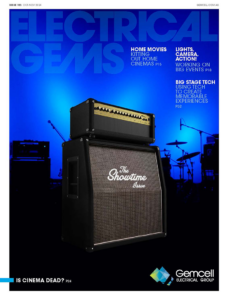
Issue 183
OCT - NOV 2024
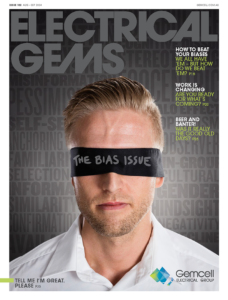
Issue 182
AUG - SEPT 2024
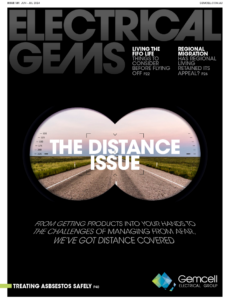
Issue 181
JUN - JUL 2024
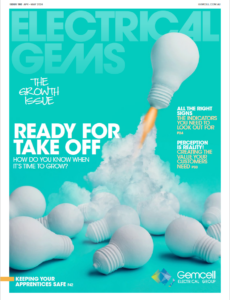
Issue 180
APR - MAY 2024
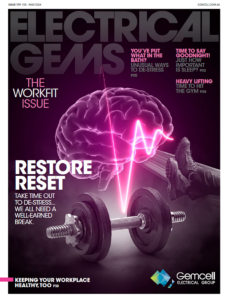
Issue 179
FEB - MARCH 2024
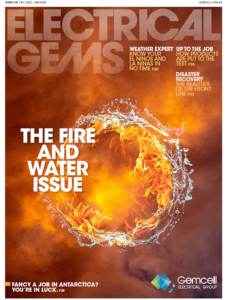
Issue 178
DEC 2023 - JAN 2024
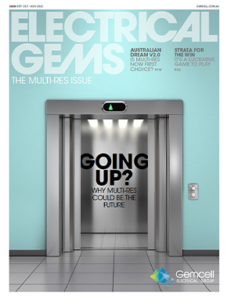
Issue 177
OCT - NOV 2023
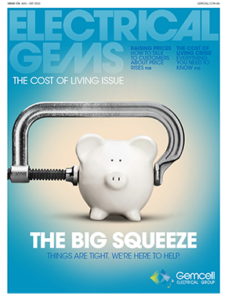
Issue 176
AUG - SEPT 2023

Issue 175
JUN - JUL 2023
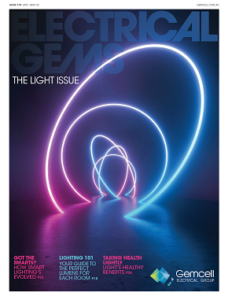
Issue 174
APR - MAY 2023
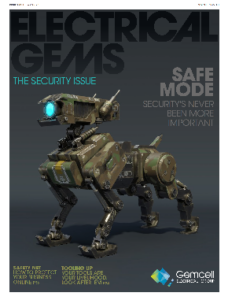
Issue 173
FEB - MAR 2023

Issue 172
DEC 2022 - JAN 2023
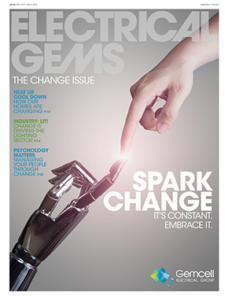
Issue 171
OCT - NOV 2022
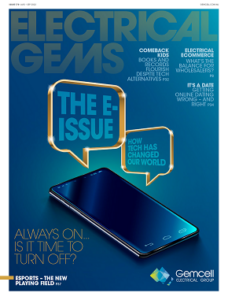
Issue 170
AUG - SEPT 2022

Issue 169
JUN - JUL 2022
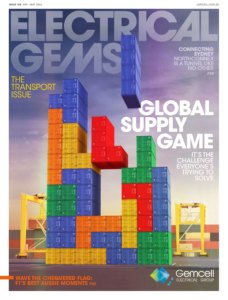
Issue 168
APR - MAY 2022
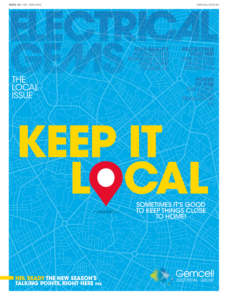
Issue 167
FEB - MAR 2022
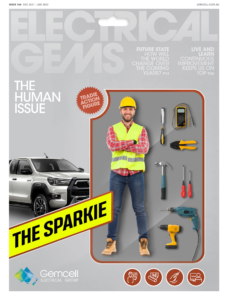
Issue 166
DEC 2021 - JAN 2022
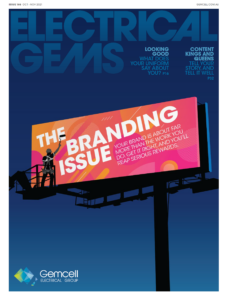
Issue 165
OCT - NOV 2021
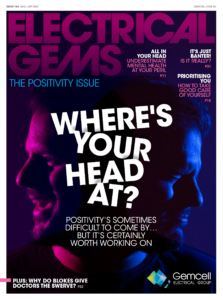
Issue 164
AUG - SEPT 2021
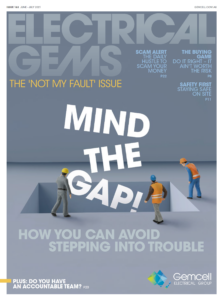
Issue 163
JUN - JUL 2021
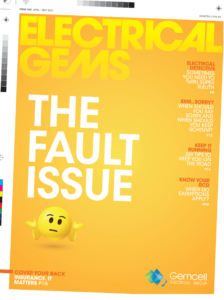
Issue 162
APR - MAY 2021

Issue 161
FEB - MAR 2021

Issue 160
DEC 2020 - JAN 2021
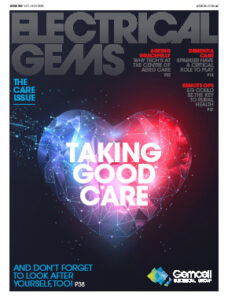
Issue 159
OCT - NOV 2020
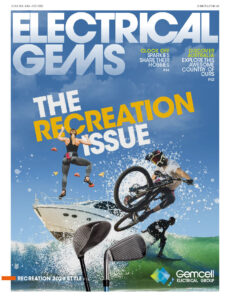
Issue 158
AUG - SEPT 2020
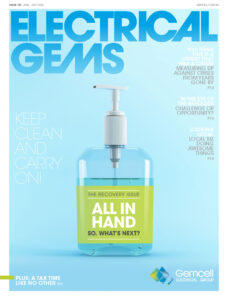
Issue 157
JUN - JUL 2022
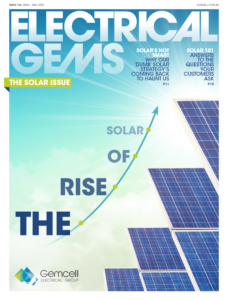
Issue 156
APR - MAY 2020
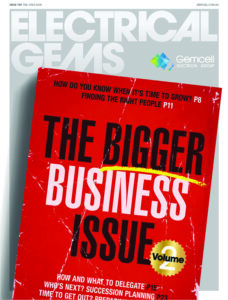
Issue 155
FEB - MAR 2020

Issue 154
DEC 2019 - JAN 2020
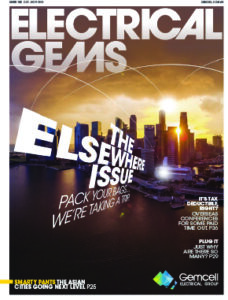
Issue 153
OCT - NOV 2019
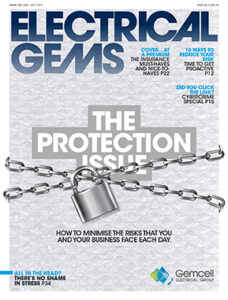
Issue 152
AUG - SEPT 2019
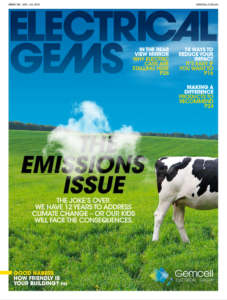
Issue 151
JUN - JUL 2019
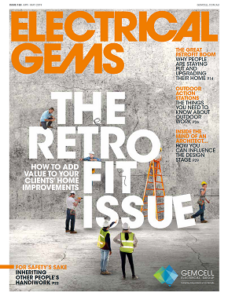
Issue 150
APR - MAY 2019
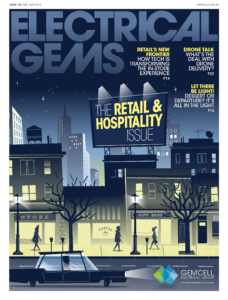
Issue 149
FEB - MAR 2019
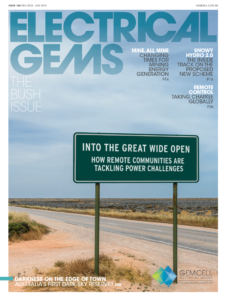
Issue 148
DEC 2018 - JAN 2019
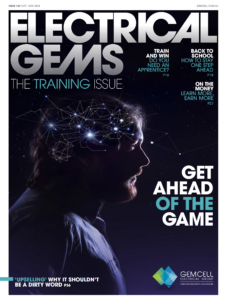
Issue 147
OCT - NOV 2018
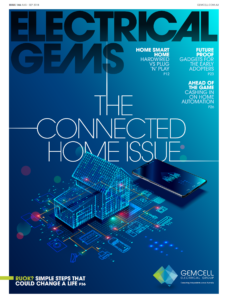
Issue 146
AUG - SEPT 2018

Issue 145
JUN - JUL 2018
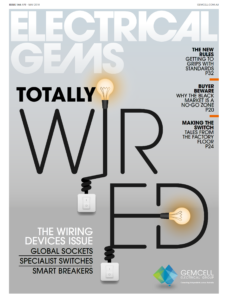
Issue 144
APR - MAY 2018
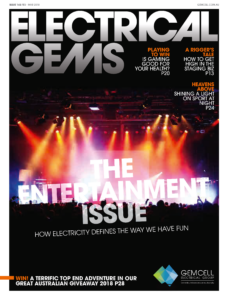
Issue 143
FEB - MAR 2018
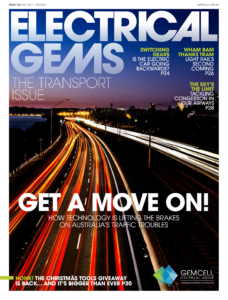
Issue 142
DEC 2016 - JAN 2017
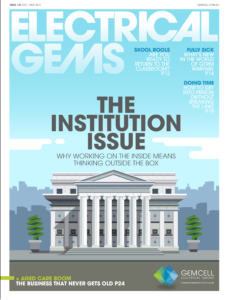
Issue 141
OCT- NOV 2017
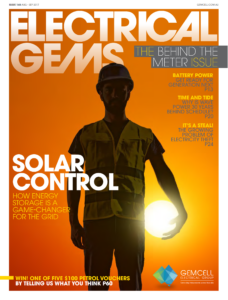
Issue 140
AUG - SEPT 2017
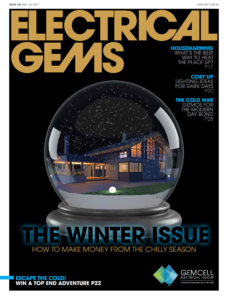
Issue 139
JUN - JUL 2017
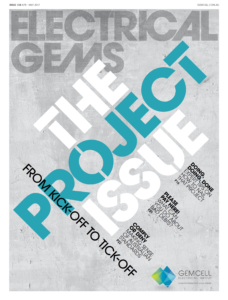
Issue 138
APR - MAY 2017

Issue 137
FEB - MAR 2017
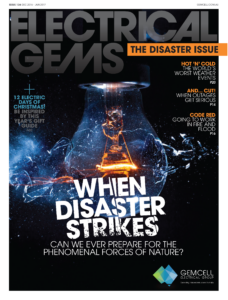
Issue 136
DEC 2016 - JAN 2017
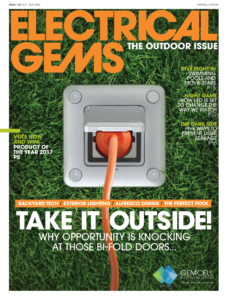
Issue 135
OCT - NOV 2017
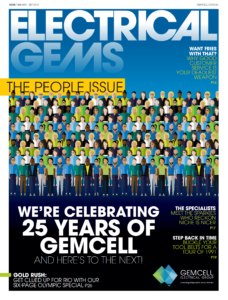
Issue 134
AUG - SEPT 2016

Issue 133
JUN - JUL 2016
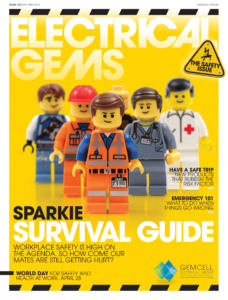
Issue 132
APR - MAY 2016
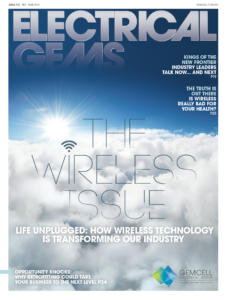
Issue 131
FEB - MAR 2016
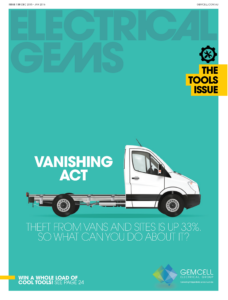
Issue 130
DEC 2015 - JAN 2016
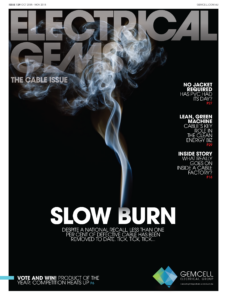
Issue 129
OCT - NOV 2015

Issue 128
AUG - SEPT 2015

Issue 127
JUN - JUL 2015

Issue 125
APR - MAY 2015

Issue 125
FEB - MAR 2015

Issue 124
DEC 2014 - JAN 2015

Issue 123
OCT - NOV 2014
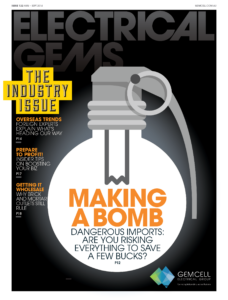
Issue 122
AUG - SEPT 2014
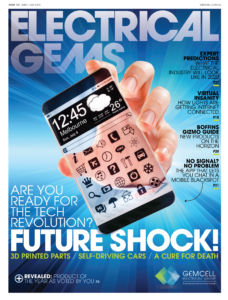
Issue 121
JUN - JUL 2014
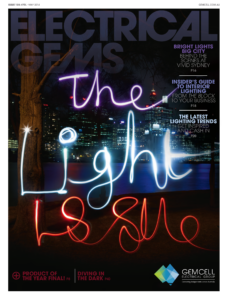
Issue 120
APR - MAY 2014

Issue 119
FEB - MAR 2014
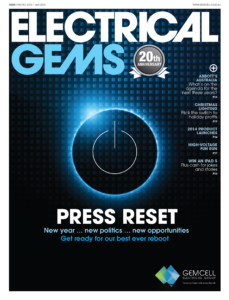
Issue 118
DEC 2013 - JAN 2014
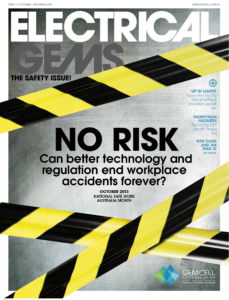
Issue 117
OCT - NOV 2013
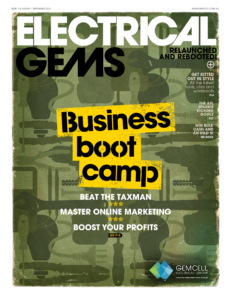
Issue 116
AUG - SEPT 2013

Comments (0)
Write a Comment